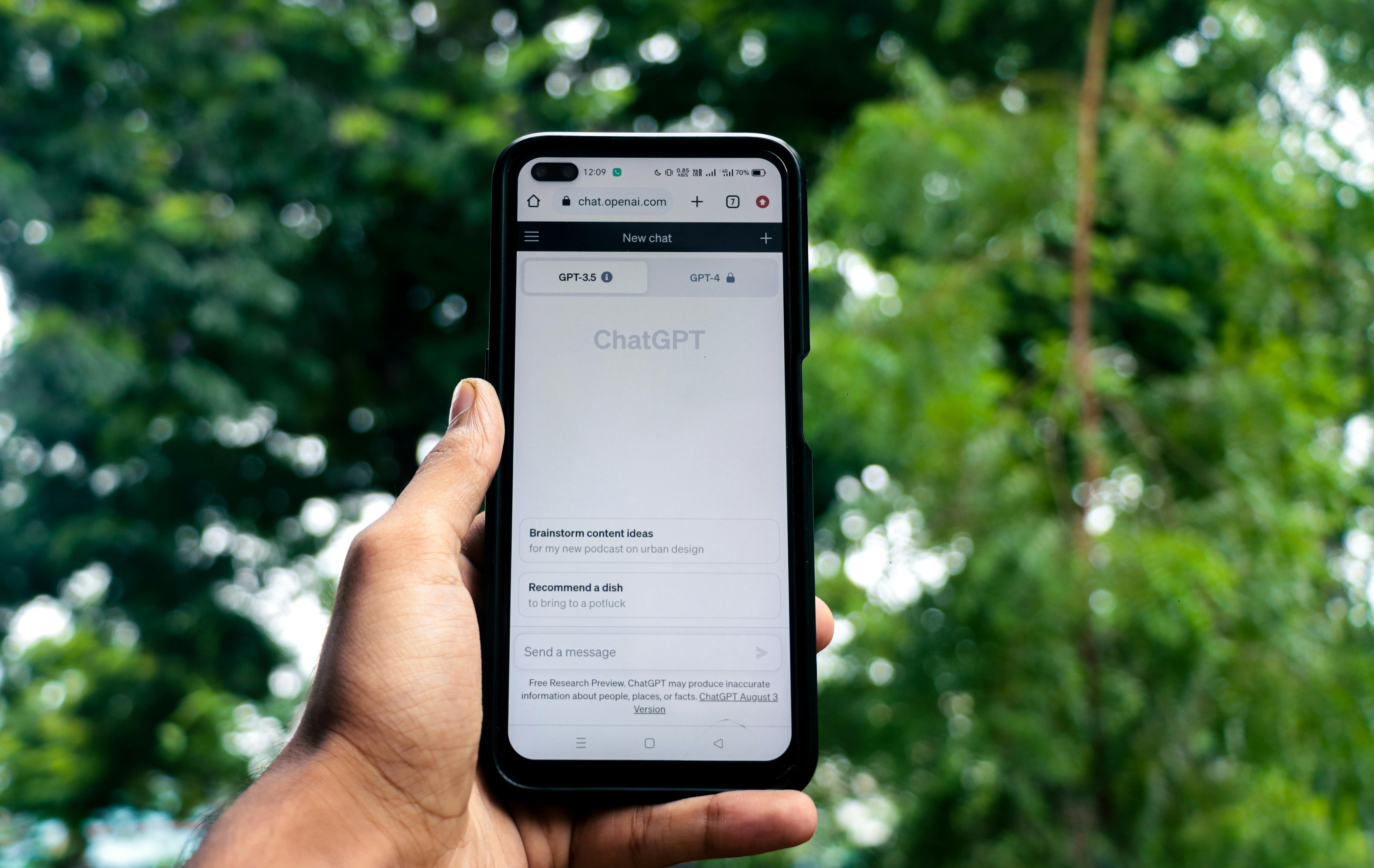Data-Centric Pretrained Vision Models for Enhanced Robot Learning

Top post
Pretrained Vision Models in the Context of Robot Learning: A Data-Centric Approach
Pretrained vision models (PVMs) have proven fundamental to modern robotics. However, their optimal configuration and application in the context of robot learning remain the subject of ongoing research. This article highlights the challenges and potential of PVMs and introduces a data-centric approach that can significantly increase the effectiveness of these models in the field of robotics.
Challenges in Applying PVMs in Robotics
Current studies show that the performance of different PVMs like DINO, iBOT, and MAE differs significantly in robotics. While DINO and iBOT often achieve better results than MAE in visuo-motor control and perception tasks, they show weaknesses when trained with non-object-centric (NOC) data. This limitation strongly correlates with their reduced ability to learn object-centric representations. This suggests that the ability to form object-centric representations from non-object-centric robotics datasets is a key factor for the success of PVMs in robotics.
The Importance of Object-Centric Representations
Object-centric representations allow robots to recognize and understand objects in their environment regardless of their position, size, or perspective. This is crucial for tasks such as object recognition, manipulation, and navigation. The challenge lies in extracting these representations from the complex and often unstructured data typically used in robotics.
SlotMIM: A Data-Centric Approach to Improving PVMs
Given the described challenges, SlotMIM was developed, a method that promotes the formation of object-centric representations in PVMs. SlotMIM uses a semantic bottleneck to reduce the number of prototypes, thus encouraging the emergence of objectness. Additionally, a cross-view consistency regularization is employed to ensure invariance to different perspectives.
Evaluation and Results
SlotMIM was tested with various datasets, including object-centric, scene-centric, web-crawled, and egocentric data. In all scenarios, the approach demonstrated improved learning ability and transferable representations. Compared to previous approaches, SlotMIM achieved significant improvements in image recognition, scene understanding, and robot learning tasks. When scaling with datasets in the millions, the method also demonstrated superior data efficiency and scalability.
Conclusion
Research in the field of PVMs for robot learning is dynamic and promising. The data-centric approach of SlotMIM shows that optimizing the data and promoting object-centric representations are crucial for the success of PVMs in robotics. Future research could focus on further improving data efficiency and developing more robust methods for representation learning to further enhance the capabilities of robots in complex real-world environments.
Bibliography: https://arxiv.org/abs/2503.06960 http://paperreading.club/page?id=290624 https://huggingface.co/papers https://arxiv.org/list/cs.RO/new https://proceedings.mlr.press/v162/parisi22a/parisi22a.pdf https://data4robotics.github.io/resources/paper.pdf https://github.com/jmwang0117/Video4Robot https://openreview.net/forum?id=Q2hkp8WIDS https://www.roboticsproceedings.org/rss19/p032.pdf https://www.sciencedirect.com/science/article/pii/S0736584522000485.png)


